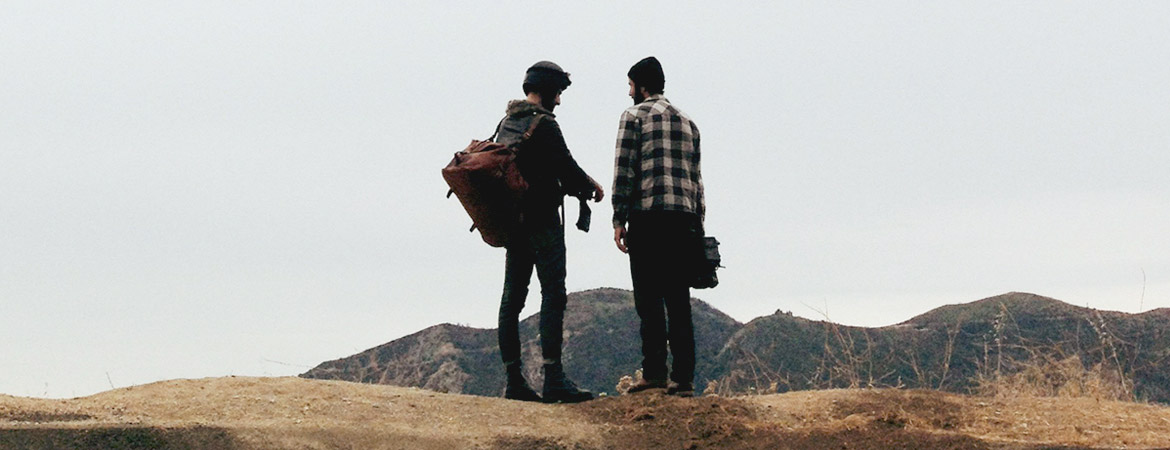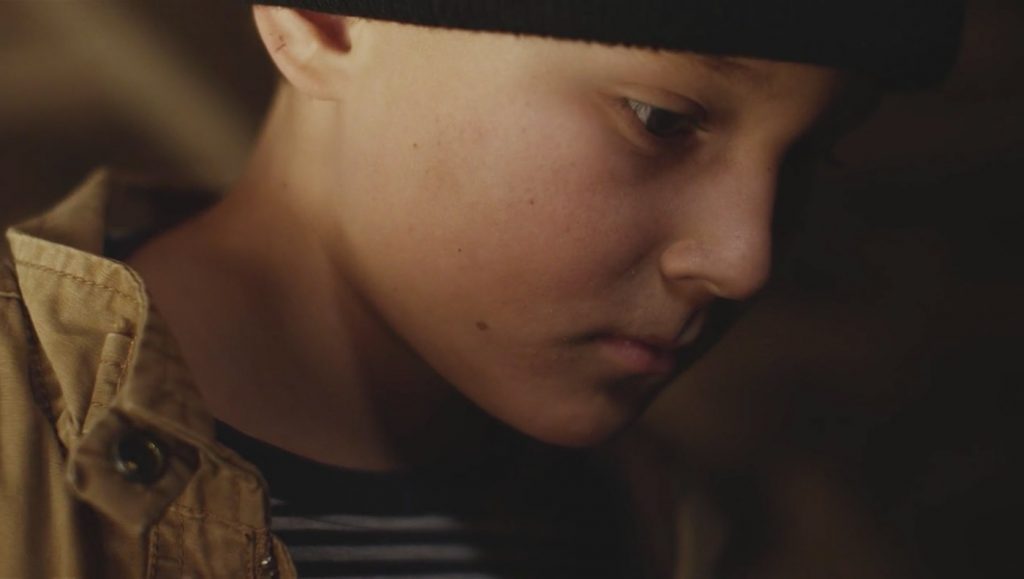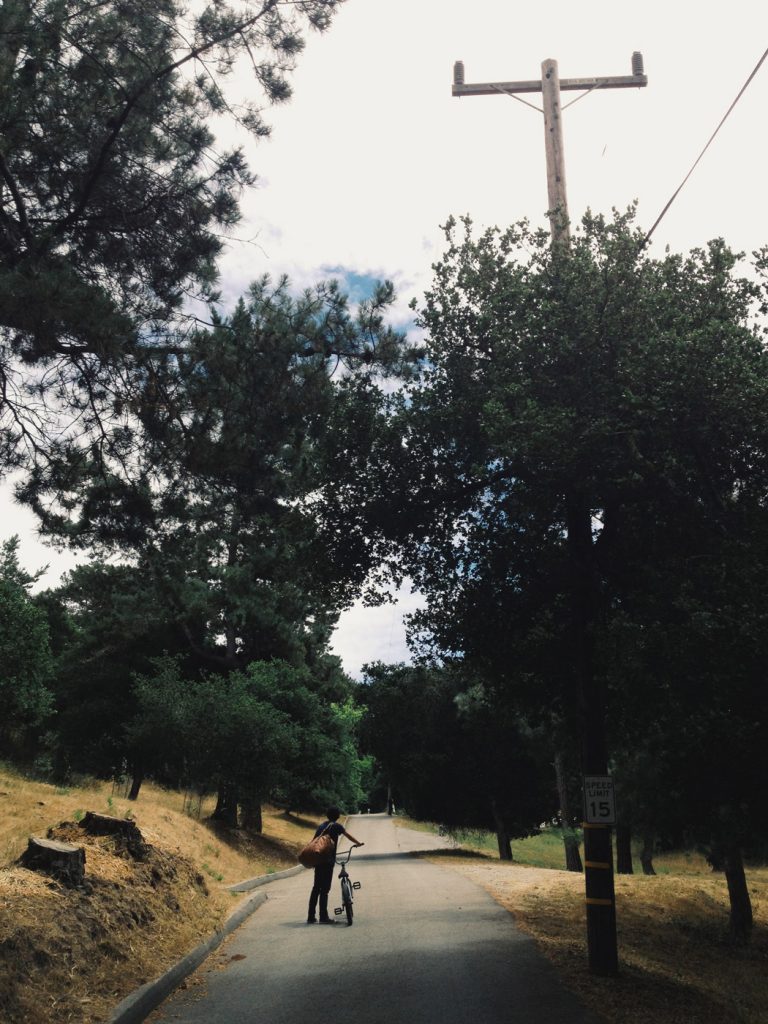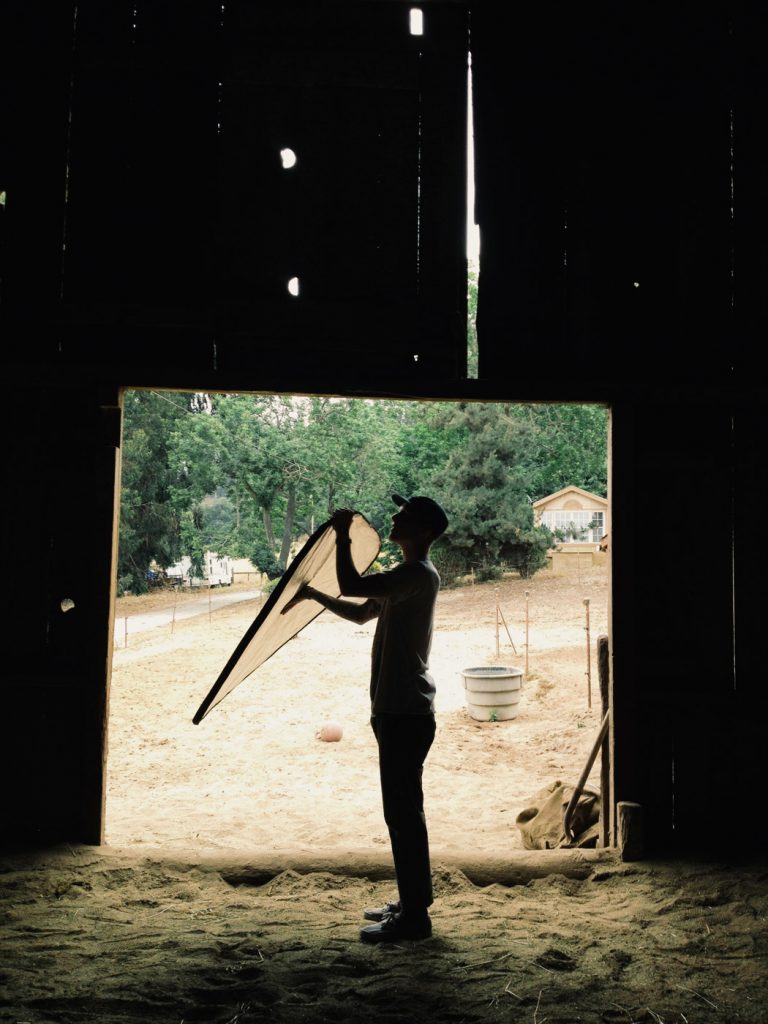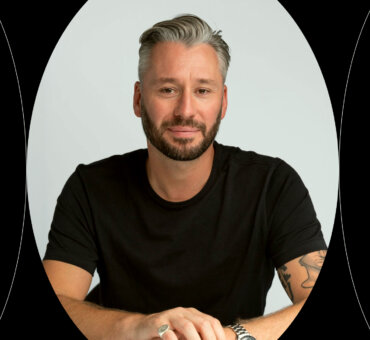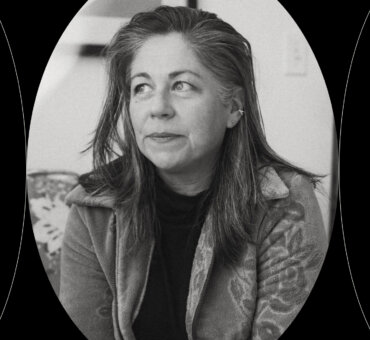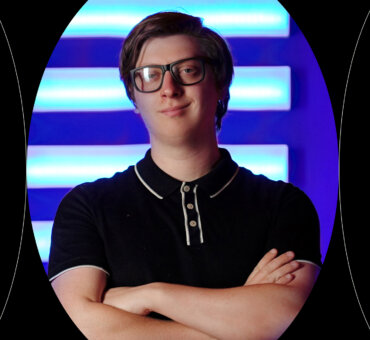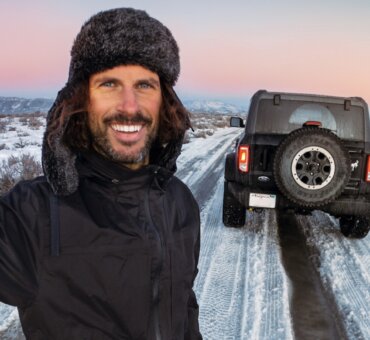Tom Aiello and Daniel Chestnut (otherwise known as Process Creative) are breaking a lot of rules. While most marketers would tell you people have just 30-second attention spans, Tom and Daniel are creating branded narratives that are often 10 times that long. And while most marketers would tell you it’s all about the product, Tom and Daniel say it’s all about the story. “Mostly we try to create marketing that would work on us,” Daniel told us. “And for us, we want marketing that feels like a gift.”
We recently sat down with Tom and Daniel to talk about their video The Encounter Collection, their creative process, and what it means for marketing to have a soul.
Here’s Tom and Daniel.
So, together you guys are Process Creative?
TA: Dan and I started the company. Originally it was just a passion project. A friend of ours, Stephen Kenn, designs furniture, and we wanted to tell an authentic story about it. So we did a passion project, not really thinking anything of it, and it turned out really well. We got a big response from it. We decided maybe we could start a company doing this. Actually, we didn’t want to start a company, more of a collective — just a way to tell cool stories — and then it developed into a business. We’ve been riding that wave ever since.
What’s your guys’ background?
TA: We’ve been doing films, separately and together, for six or seven years now.

DC: We met while we were working at Hurley and Nike. Back in the day, we worked on their production teams doing in-house commercial stuff, telling stories about their athletes, a little bit of everything. Then I went freelance, and Tom stayed and did tons of awesome documentary-style stories. We reconnected a couple years later on that piece Tom mentioned earlier. It was just a good time to come back together, and it blossomed.
How did The Encounter Collection piece come about?
TA: Actually, that was Stephen Kenn again — the guy we did that original passion project for. He’s one of the most inspirational dudes you’ll ever meet. Every conversation with him turns into a story. That “live life to the fullest” idea just oozes out of him. The Encounter Collection film was inspired by him. It’s very much about who Steve is and who his dad was and who his grandfather was. Each generation took each kid on a trip to become a man. We took that idea and wrote a rough treatment. We always leave a lot of room in our treatments to be creative later though.
I’m curious to know your process — how you arrive at a treatment in the first place.
DC: It’s different with every client and every project. The Encounter Collection project was unique because Steve has a story behind every single product he makes. He literally won’t start a project unless he has a purpose behind it. He comes to us and expresses that purpose.
So our process for The Encounter Collection was basically Steve coming to us and saying, “Hey, I’m going to do a bag collection and here’s why.” And that purpose for this particular project was to leave a lineage for your child. He wanted to create something that was worth passing on, something you could build memories with. You could share stories of your time holding that bag, taking that bag on a trip, what you put in that bag, what you use your bag for. He wanted to create a product that was worth keeping.
The three of us literally sat in a room for half a day, talking about our relationships with our fathers, our memories, our stories. Those conversations turned into five different concepts, which turned into five more, which we then boiled down to one.
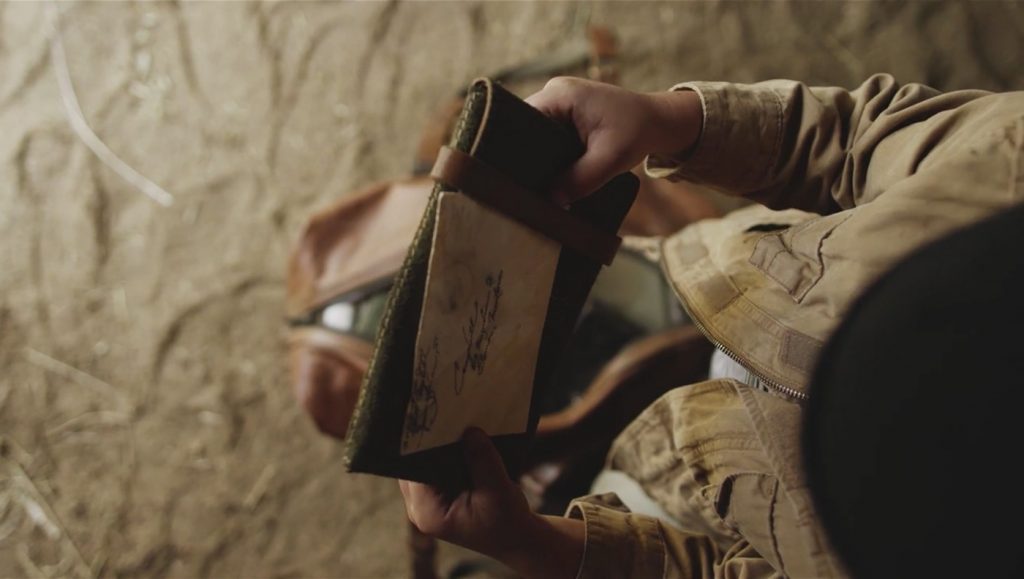
TA: Usually with our treatments, we try to create a story around an individual. We write a story without even knowing if it’s true or not. And then we’ll call up the person and say, “Hey, would you ever do this? Is this true?” A lot of times they’ll be like, “Yeah, I actually do that,” or sometimes they’ll say, “No, that’s not really what I do, I actually do this.” So we rewrite the treatment to fit that.
We like to create emotive stories around someone’s daily life, but stories that are also intentional about showing why people live the way they do and why this certain product fits what they’re doing.
DC: One thing we take pride in is being able to create a narrative feel within a documentary environment. We try to get people feeling comfortable in front of a camera who normally wouldn’t be comfortable in front of a camera. The stories are fabricated in a sense, but we want them to feel like we’re just eavesdropping on moments. We want to throw real people into created environments and let them be themselves. That’s our philosophy going into anything, whether we’re working with an actor or an employee at a company. We try to let people live freely within these worlds we’ve created.
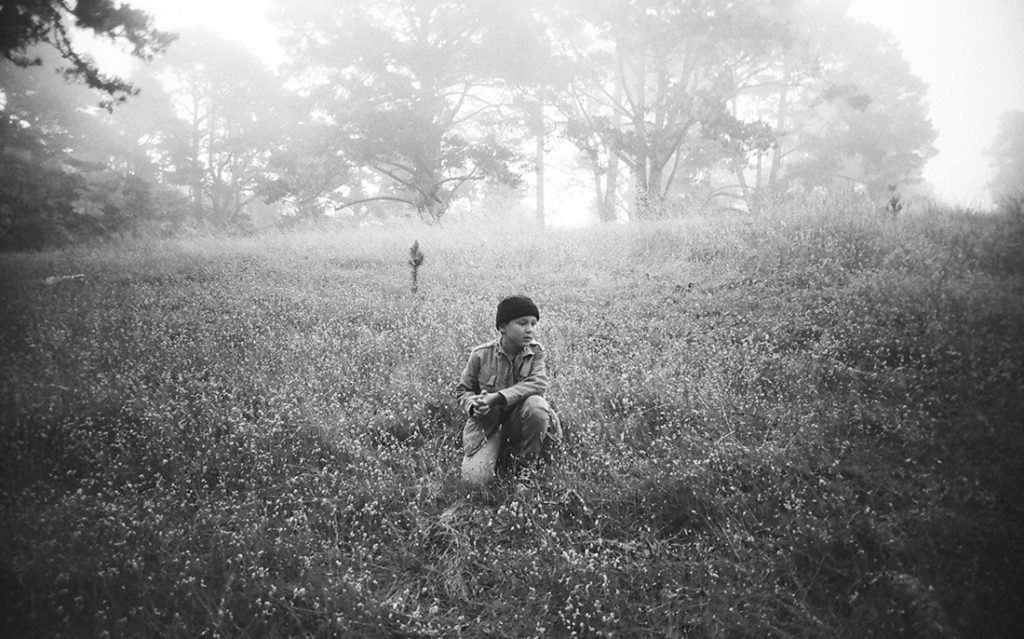
Have you learned any good ways of making people feel comfortable in front of a camera?
TA: I think it’s just befriending people. We care about people, and we enjoy hanging out with them. That was the whole reason we started this company: to learn about people. Sometimes people will be like, “We’re not that cool; we’re not that interesting.” And we have to tell them, “No, you are that cool; you just don’t know it yet.”
A lot of times we’ll just sit them in a voiceover booth, start rolling, and then just talk with them. After 20 minutes they forget they’re being interviewed, and we start to get this real story out of them. We start to get to the heart of why they’re doing what they’re doing. It’s beautiful.
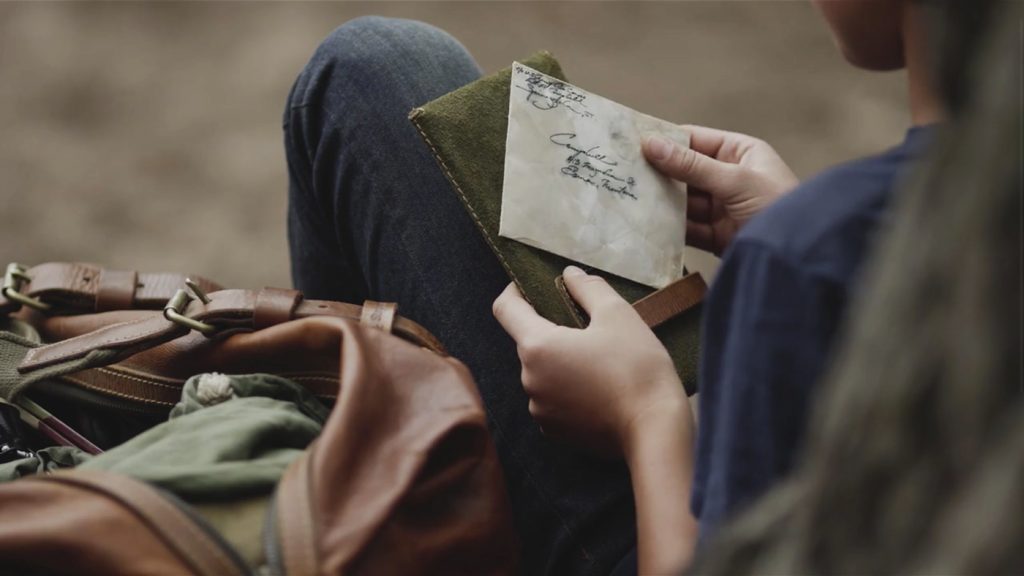
This isn’t just a job for us. We’re not just trying to draw the person out so we can sell a product. We’re really trying to draw out the best conversation and the best moments of their life. And it just so happens that it may fit the product. But of course the whole reason we’re doing a story on the person is because they fit the product.
DC: Our preproduction is mostly spent developing a relationship with whomever we’re going to be working with. If we’re doing a story about an individual, we talk with that person on the phone for hours, just getting to know them. By the time we show up on set, we’ve already broken that ice. They’ve heard stories from us and we’ve heard stories from them. And it’s literally those phone calls that develop the creative behind the project. We don’t do anything fancy to get the client excited about what we’re going to do. The phone calls that we have with people are what turn into the film or the commercial or whatever we’re doing. I think people appreciate that. We’re actually listening to them and developing creative based off what they’re saying.

How do you balance telling authentic stories with the demands of creating an effective piece of marketing? Is that a struggle?
DC: Well, the marketing side is definitely in our brains, but we are structured so that story is always first. Mostly we try to create marketing that would work on us. And for us, we want marketing that feels like a gift. We want to make people a gift. We want people to go away feeling like they were valued, like they were thought about, and to know that getting them to click a link wasn’t the first thing on our minds. The long-term goal for a brand should be to develop lasting relationships with its clients, and we feel like in order to do that, you have to make gifts for people.
I guess to answer your question more directly, though, the balance between marketing and authenticity is what we’re battling every day.
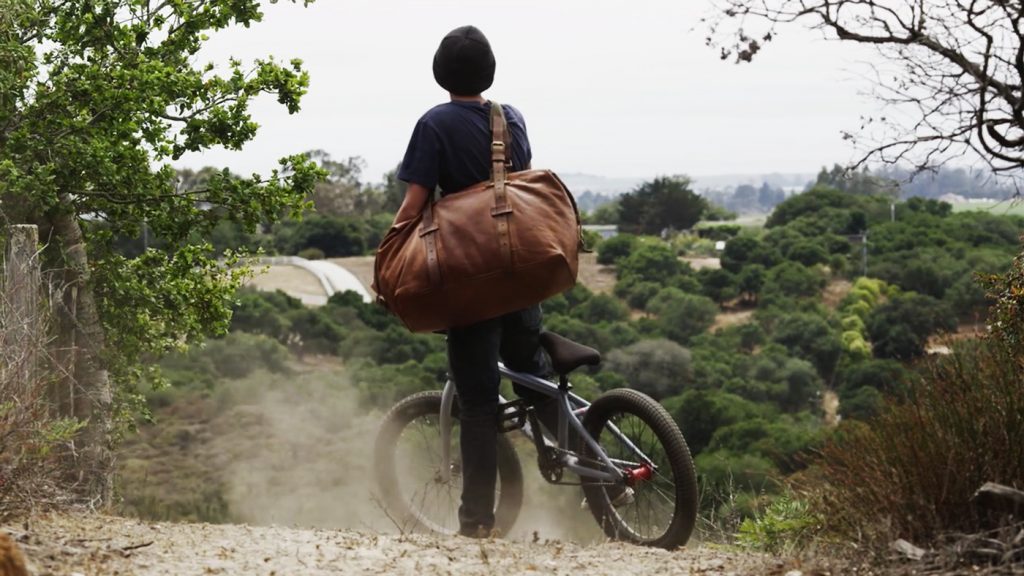
So if you’re not looking at clicks, how do you guys judge if something you’ve created was a success?
TA: For us, it’s whether or not we’ve told an authentic story. Don’t get me wrong, the views are great. It’s awesome that people watch this stuff and invest their time into watching a long-form piece. Before we started, people always asked us how long our videos were going to be. But that question is irrelevant. A video is always as long as it has to be. If it feels too long, it’s too long. If not, we keep doing what we’re doing until the story is told.
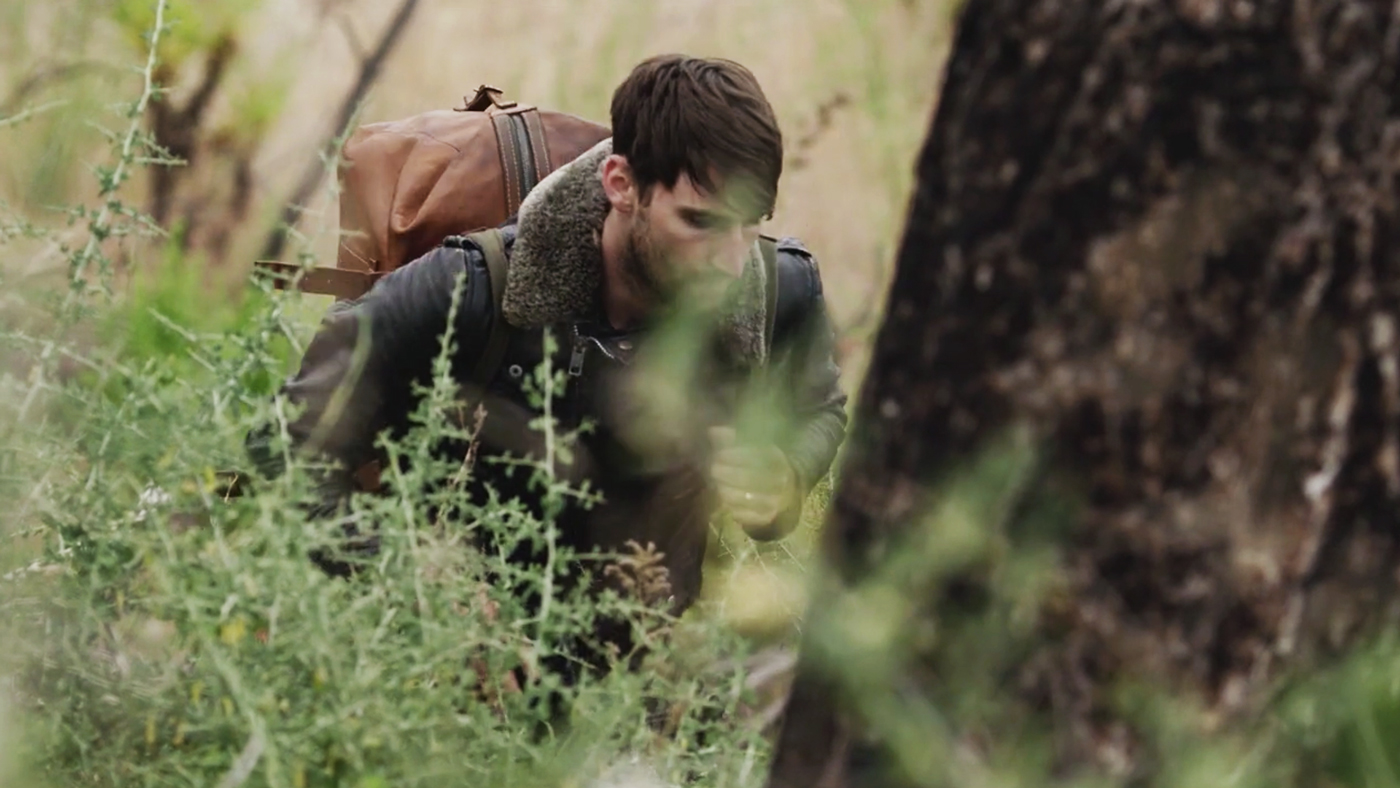
Our goal isn’t clicks and it isn’t shares; it’s whether or not at the end of the day we can say we did everything we wanted to do and told a story to the best of our ability. If we’ve done that then we’ve succeeded.
DC: All we can focus on is making something that we personally like. If we don’t make something we’re happy with, how can we expect anyone else to be happy with it?
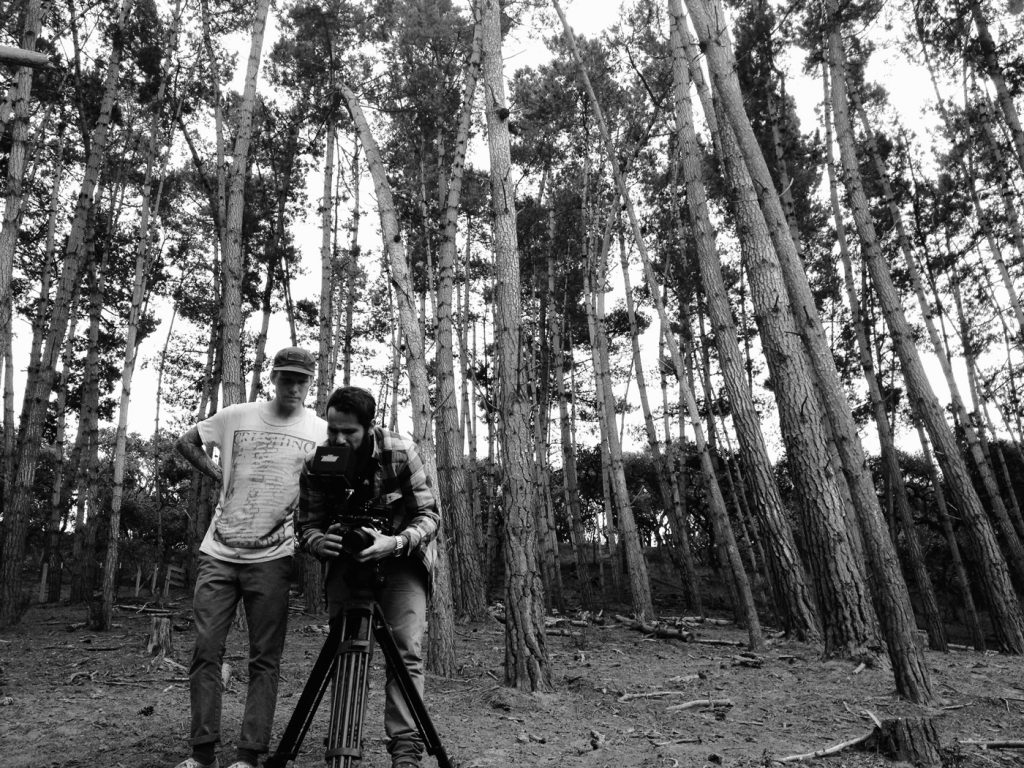
Do all your projects have to resonate with you guys personally? Or could you ever just crank something out?
TA: Everything has to resonate with us. We were once told that it’s better to be known for the stuff you turn down than the stuff you take. That resonated with us. We try to make sure we are passionate about literally every story we’re telling. If it doesn’t fit who we are as people, we don’t do it. No exceptions.
Obviously we have a company we’re trying to support, and we respect that; but I don’t believe turning down projects that don’t feel authentic or real is ever going to put us out of business.
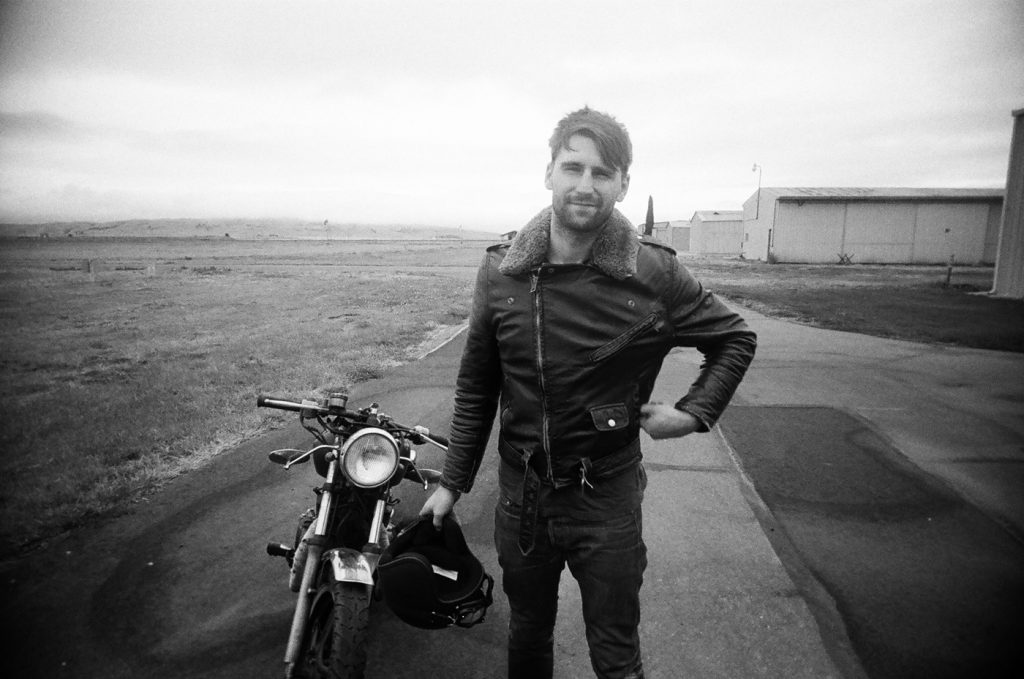
Do you feel like you guys are doing something new?
TA: It’s actually something that Dan and I have always done. That’s what was weird for us because we’d been doing it for so many years, especially at Nike and Hurley. We told stories about people. So it’s not a new thing for us. But only recently, in the past two or three years, other people have started investing in longer pieces too. I don’t think people were doing that before. It was always just 15 seconds, 30 seconds. You’d have guys saying people have three-minute attention spans. But we didn’t believe that. We always said a piece could be as long as it had to be as long as people were engaged.
The Encounter Collection piece is almost a short film. It was a risk — for us and for Steve. But in the end, we were all rewarded.

Why do you think people are willing to stick around for these longer pieces? Have their attention spans grown? Are they looking for a different relationship with brands?
TA: I think it’s exactly that. I think people — our generation — are over the status quo. We’ll skip through an ad really quickly. We can tell in the first 10 seconds whether or not a piece is worth watching. I don’t know if our attention spans have grown, but our desire to see something real has definitely grown. We’re sick of the same old stuff. We want to invest in something, connect with it. That’s what seems different now. People crave stories. They want to be part of a community. They want to be part of something real. They want to watch something that’s worth watching. I believe people are thirsty for a different type of advertising, and we’re stoked to be a part of it.

If you’re trying to make a living as a filmmaker, it’s pretty much guaranteed you’re going to come across commercial projects. Tom and Daniel give us hope for a type of marketing that is both effective and beautiful — marketing that values people, authenticity, and story.















































































